The futuristic weapon could soon be unleashed on enemies of Vladimir Putin’s Russia.


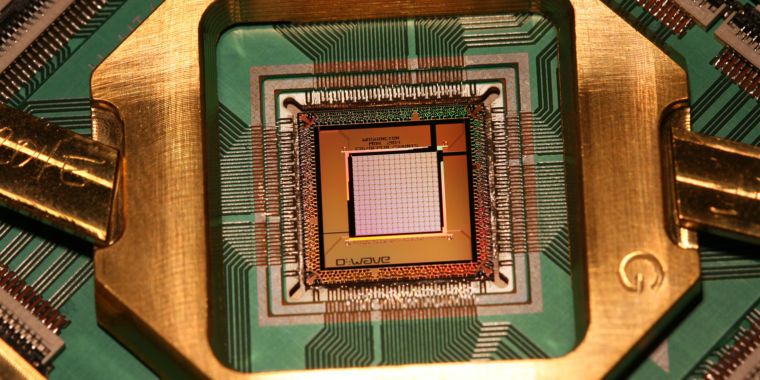

The Nobel Prize in chemistry was awarded on Wednesday to scientists based in the US, France, and the Netherlands for breakthroughs in designing molecular machines that can carry out tasks— and even mimic a four-wheel-drive car — when given a jolt of energy.
Winners J. Fraser Stoddart, Jean-Pierre Sauvage, and Bernard L. Feringa discovered how to build tiny motors — 1,000 times thinner than a strand of hair.
The machinery includes rings on axles, spinning blades, and even unimaginably small creations consisting of only a few molecules that can lift themselves off a surface like tiny robots rising on tip-toe. Those molecular robots can pluck, grasp, and connect individual amino acids. The machines can also be used as a novel mechanism of drug delivery.
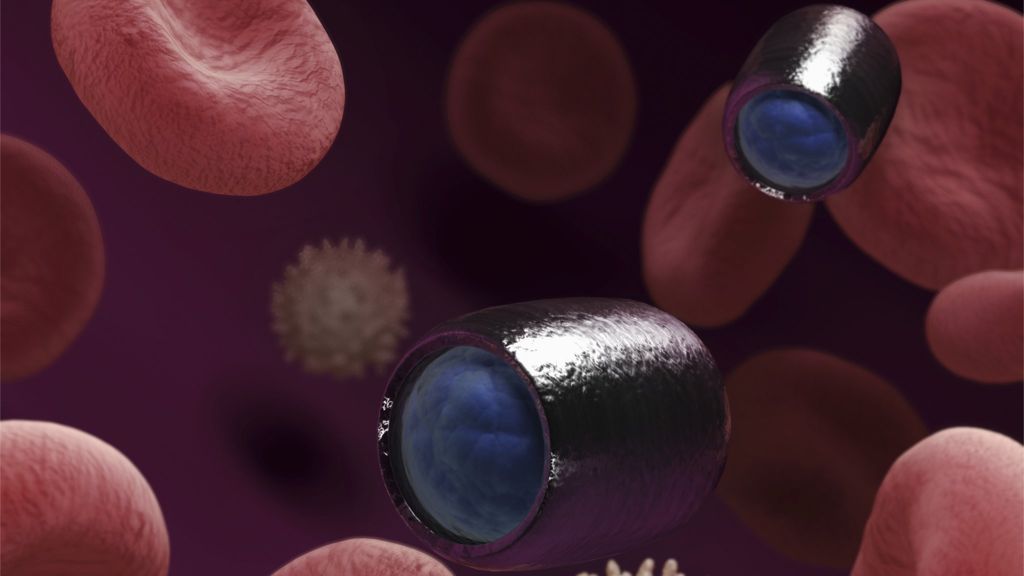
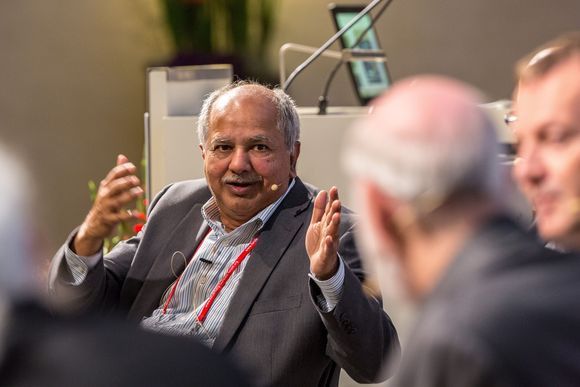
This new species will coexist peacefully with humans, one Turing Award winner says…
Robots’ potential to take over the world is a commonly expressed fear in the world of AI, but at least one Turing Award winner doesn’t see it happening that way. Rather than replacing mankind, technology will create a new kind of human that will coexist with its predecessors while taking advantage of new tech-enabled tools.
So argued Raj Reddy, former founding director of Carnegie Mellon University’s Robotics Institute and 1994 winner of the Turing Award, at the Heidelberg Laureate Forum in Germany last week.
“I could not have predicted much of what has happened in AI,” Reddy told an audience of journalists at a press conference. “Four or five things happened in AI in the last decade that I didn’t think would happen in my lifetime,” including achievements in language translation and AI’s triumph at the game of Go.
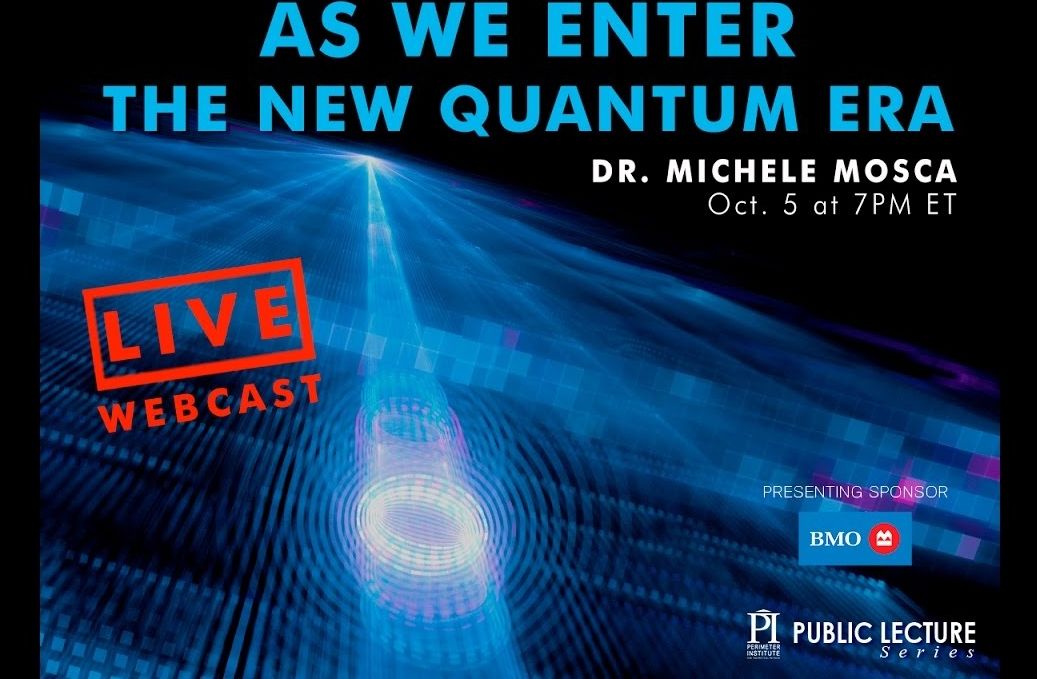
https://youtube.com/watch?v=2q4z6HnB-Tg
This type of computer not really 4 personal use. Because it calculates in every possible way its task in a fraction of second. I belive that this type of computer is built to run ai. Or to run recognition software just to give example. But just imagine the possibilities.
Quantum physics, with its descriptions of bizarre properties like entanglement and superposition, can sound like a science fiction fever dream. Yet this branch of physics, no matter how counterintuitive it seems sometimes, describes the universe all around us: As physicists have told often told me, we live in a quantum world. Soon, this will be better reflected in our technology, and everything it can do.
“We’re moving towards a new paradigm for computation,” quantum information scientist Michele Mosca, who’s based at the Institute for Quantum Computing at the University of Waterloo, recently told me. He compared this shift in thinking to when humanity abandoned the flat Earth hypothesis and accepted that our world is round.
“We realized that [our pictures of the surface of the Earth] should embed on a sphere, not a flat surface,” he said. “Now our maps make sense.” Before, we were looking at them the wrong way, and the picture was distorted. Not anymore.
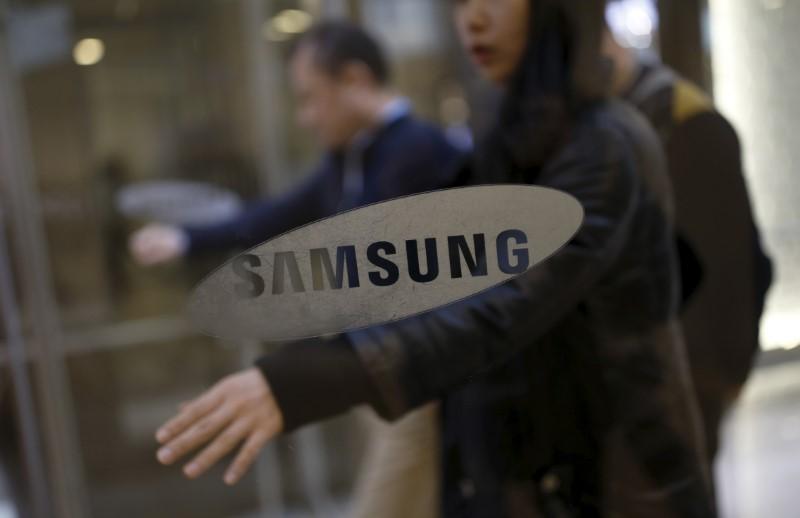
SEOUL Tech giant Samsung Electronics Co Ltd said on Thursday it is acquiring U.S. artificial intelligence (AI) platform developer Viv Labs Inc, a firm run by a co-creator of Apple Inc’s Siri voice assistant program.
Samsung said in a statement it plans to integrate the San Jose-based company’s AI platform, called Viv, into the Galaxy smartphones and expand voice-assistant services to home appliances and wearable technology devices.
Financial terms were not disclosed.
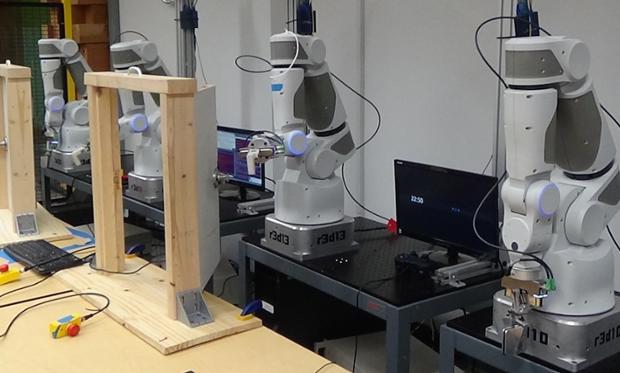
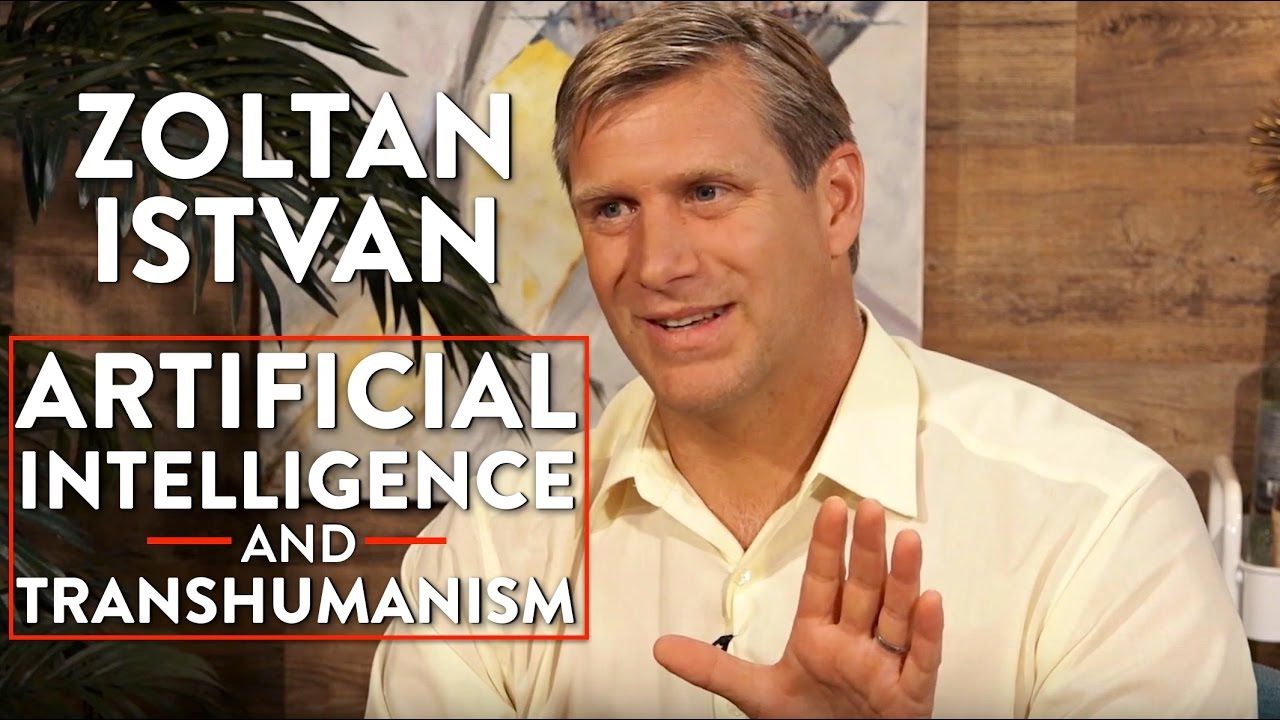
Here’s my 20-min interview on transhumanism and AI for The Rubin Report:
Zoltan Istvan (Transhumanist and Presidential Candidate) joins Dave Rubin to discuss his candidacy for president under the transhumanist Party, and his views on artificial intelligence. ***Subscribe: http://www.youtube.com/subscription_center?add_user=RubinReport
***The Rubin Report is fan-funded: http://www.rubinreport.com/donate
Stay tuned for parts 2 and 3 of Dave’s interview with Zoltan Istvan coming tomorrow, and the full interview airing Friday 10/7.
SUPPORT MONTHLY (Patreon): https://www.patreon.com/rubinreport
SUPPORT ONE-TIME (PayPal): http://www.rubinreport.com/donate
What are your thoughts? Comment below or tweet to Dave: https://twitter.com/RubinReport
Sign up for our newsletter with the best of Rubin Report each week: http://www.rubinreport.com/newsletter
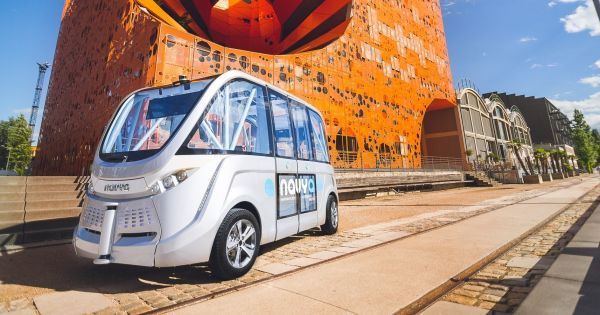
A driverless, electric public transport service is now making its way onto the streets of Lyon, France. Unveiled in an announcement made earlier this month, two Navya ARMA minibuses have embarked on a year-long trial. The purely battery-powered vehicles travel at an average speed of 10 kph (6 mph) and are able to carry 15 passengers at a time.
The ARMA shuttles along a circular route 1,350 meters (0.8 miles) long in the Confluence district of Lyon’s 2nd borough. Unlike other roads, this route does not have crosswalks, stoplights, or intersections. Though pretty advanced, the minibuses are not able to weave in and out of traffic due to restrictions based on the current level of technology, as well as legislative issues.
According to Navya chief executive Christophe Sapet in an interview with The Telegraph, the buses are “equipped with a range of detectors that allow them to know exactly where they are and to detect everything happening around them and to manage it intelligently to avoid collisions.” Human operators are present within the vehicle at all times as an added precaution.